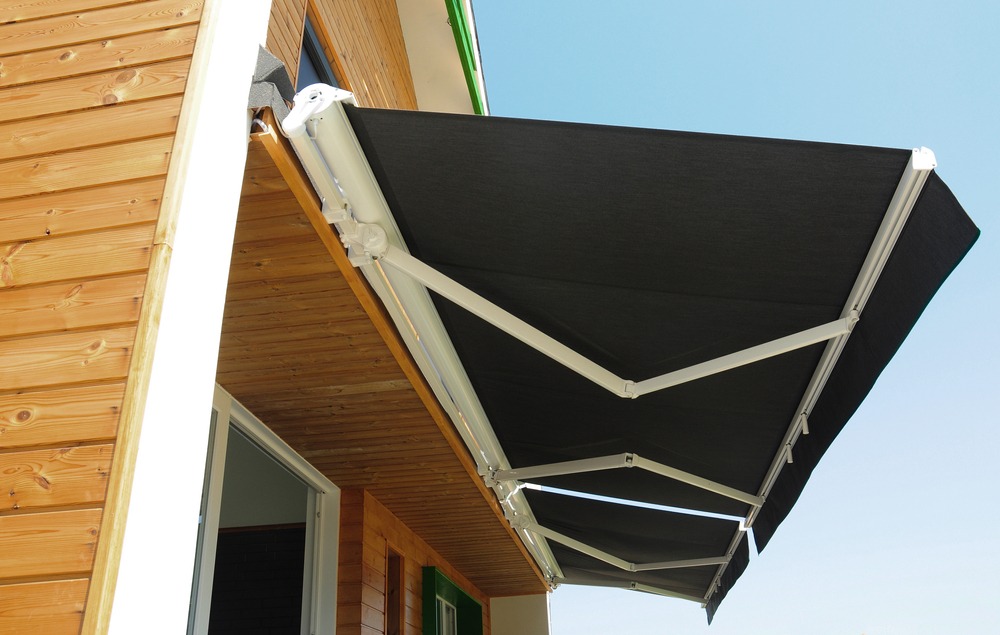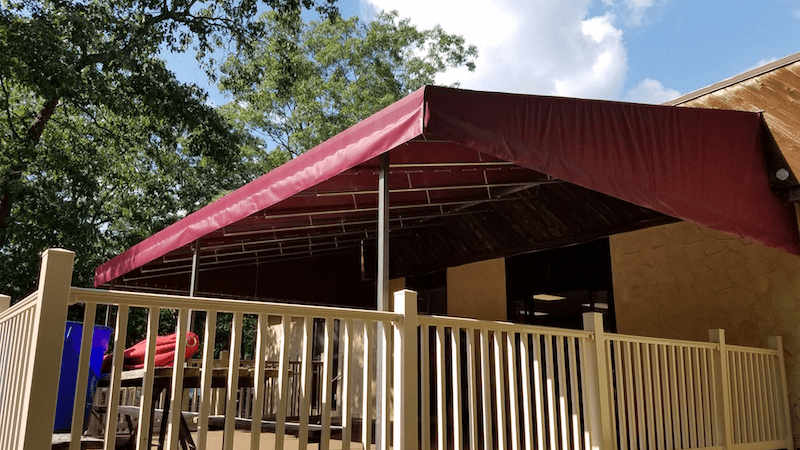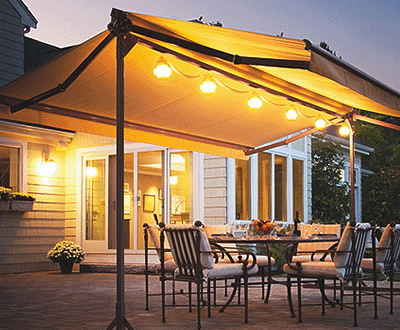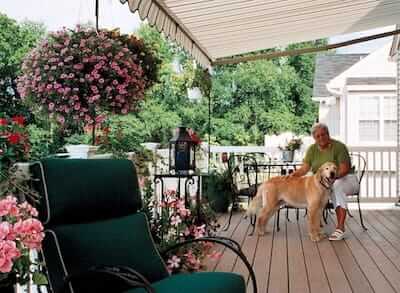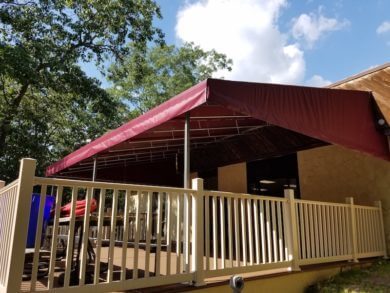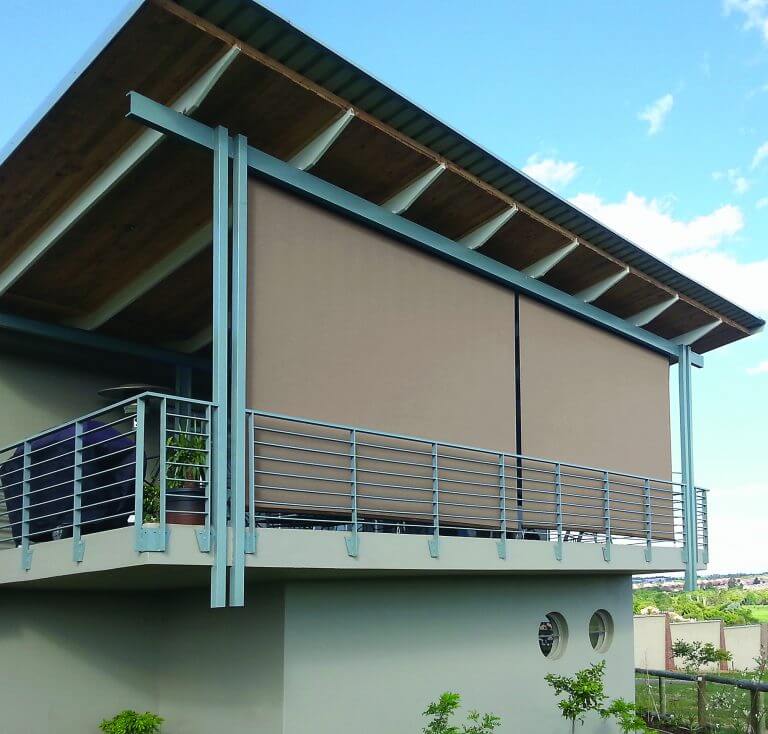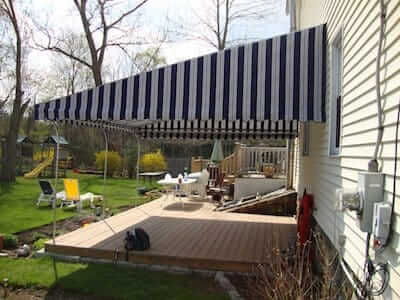Awnings are a great addition to any outdoor space, providing shade and protection from the elements. To ensure they last for years, regular cleaning and maintenance are essential. Here’s how to keep your awning in top condition.
Clean Your Awning Regularly
Dirt, leaves, and other debris can accumulate on your awning, especially during stormy weather. Use a soft brush or broom to gently remove loose debris. For a deeper clean, mix mild soap with warm water and use a sponge or cloth to scrub the fabric. Always rinse thoroughly with clean water to avoid soap residue buildup.
Check for Damage
Before you clean, take the time to inspect your awning for any signs of damage, such as rips, tears, or fraying. Repair small issues immediately to prevent them from worsening. If you find significant damage, it’s best to consult a professional for repairs.
Reapply Protective Coatings
Some awnings, especially fabric ones, may benefit from a water-resistant or UV-protective coating. Over time, these coatings can wear off, leaving the material vulnerable to sun and rain. Reapply these coatings as recommended by the manufacturer to keep the fabric in good condition.
Store Your Awning During Harsh Weather
If possible, retract or roll up your awning during heavy winds, snow, or rain. This will prevent unnecessary wear and tear from the elements and extend its lifespan.
Proper cleaning and maintenance go a long way in extending the life of your awning. From regular washes and inspections to applying protective coatings and storing it during harsh weather, a few simple habits can keep your awning looking great and performing well for years to come.

